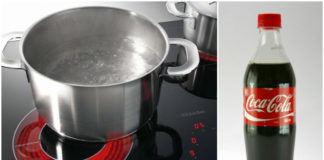Ultrafiltration (UF) membranes are essential in industries like pharmaceuticals, where they separate molecules based on size. However, separating similar-sized molecules with distinct chemical compositions – think antibodies with different structures – has always been a challenge. Now, researchers at Cornell University have developed a groundbreaking method that enables UF membranes to filter molecules not by size, but by their chemical makeup.
This innovative approach involves incorporating chemically distinct block copolymer micelles into the membrane material. Micelles are tiny, self-assembling polymer spheres that can be tailored with specific chemical properties. By strategically blending these micelles, the researchers were able to create diverse pore surfaces within the membrane.
“Imagine protein channels in cells – they can distinguish between similarly sized metal ions based on the chemistry lining their pores,” explains Ulrich Wiesner, senior author of the study and a professor at Cornell University. “We borrowed this concept from nature to develop UF membranes with chemically programmable pores.”
The team, led by Lilly Tsaur, meticulously studied how these micelles interact within the membrane’s top layer. They used scanning electron microscopy to visualize their arrangement and combined it with machine learning to identify the specific location of each type of micelle based on subtle pore patterns. Molecular simulations conducted by Fernando Escobedo and Luis Nieves-Rosado provided crucial insights into the complex self-assembly rules governing these micelles.
This research builds upon previous work by Wiesner’s group, which has already led to the development of cost-effective UF membranes for separating viruses from biopharmaceuticals. The new discovery could revolutionize the field by enabling manufacturers to easily adapt existing production processes to create membranes tailored for specific chemical separations.
“Companies currently use a consistent process for producing these membranes,” says Wiesner. “Our method offers them a simple way to change ‘the magic dust’ – the micelle composition – and achieve chemically diverse pore surfaces.”
This paradigm shift in UF technology opens exciting new possibilities beyond filtration, including smart coatings that react to their environment and highly sensitive biosensors designed to detect specific molecules. The researchers are now delving deeper into these materials, exploring how chemical patterns extend below the surface of the membrane.
























